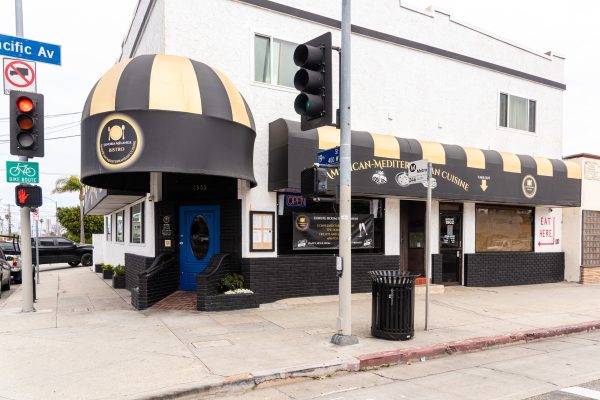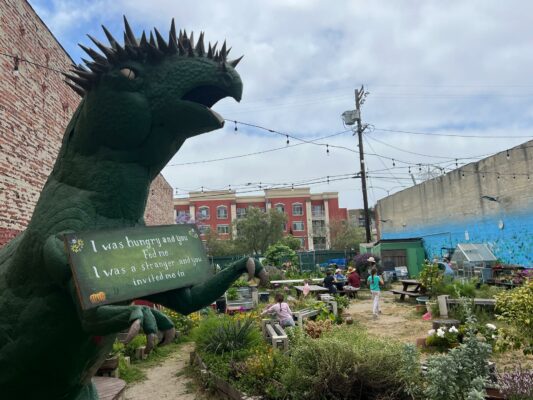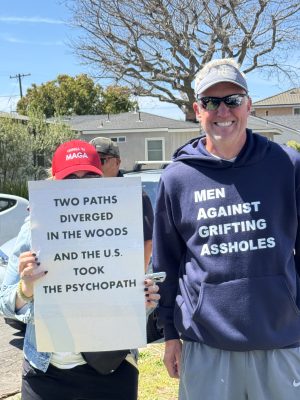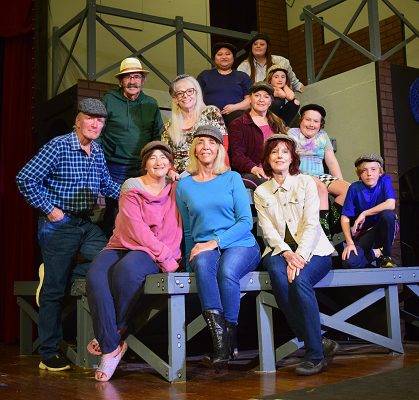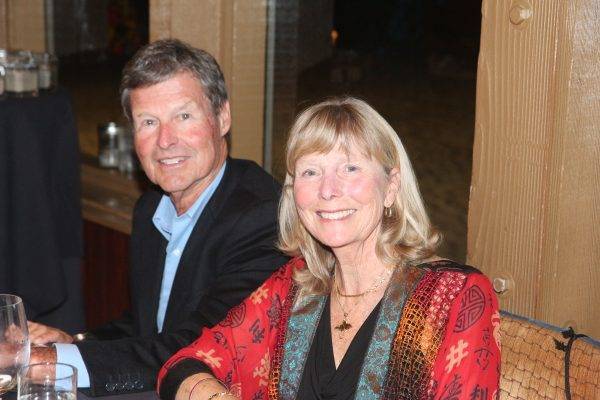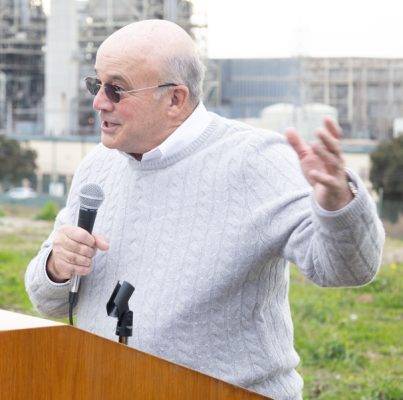by Kevin Cody
Plans for a new or upgraded Hermosa Beach Civic Center moved forward at a special meeting of the city council on Thursday, February 15. After a two hour discussion, the council voted 3 to 2 to hire a development consultant, and a community engagement consultant for the project. The divided council also approved appointment by the city manager of a Community Advisory Group to study the civic center options.
“We’re at square one right now,” Mayor Justin Massey said in emphasizing the vote did not mean the council majority, which he joined, is committed to building a new civic center.
Councilmembers Robb Saeman and Dean Francois opposed the motion, though both agreed the Civic Center needs to be repaired or replaced.
“We can’t do nothing,” Saemann said. “But before we ask the public’s opinion we need something more solid to ask their opinion about.”
“We need cost assessments,” he said. The city’s latest Facilities Condition Assessment was in 2015.
Saemann and Dean Francois also opposed delegating appointments to the Community Advisory Group to the City Manager.
“Residents should apply to be on the advisory committee, and the council should have the final say. It’s not right to leave it up to staff,” Saemann said.
“Another problem I have is the financing package comes with a hotel,” Saemann added
Consultant Jeffery Fullerton, who specializes in public/private developments, was awarded a $47,750 contract to assist in the civic center cost analyses, and to participate in civic center advisory group and community engagement meetings.
Last November, Fullerton told the council, “If done right, this can have a positive contribution to the city’s budget, or at least be cost neutral.” He explained that revenue to pay for the new civic center could come from moving city hall to the Community Center parking lot, and leasing the current City Hall property to a hotel, or other development.
He estimated a new civic center would cost $80 million to $130 million.
The community engagement consultant has not been selected, but is expected to cost between $50,000 and $150,000, City Manager Suja Lowenthal told the council at last Thursday’s meeting.
Deputy City Manager Angela Crespi proposed to the council an 18-month Community Engagement Plan. The first six months would focus on building a civic center website, and a social media campaign; conducting an online survey; and eliciting public input.
Months three through 18 would include community meetings, facilities tours, popup events at farmers markets, and the Surfer Walk of Fame inductions, and presentations to city commissions.
Councilman Mike Detoy introduced the motion to hire the two consultants and direct the city manager to form the Community Advisory Group.
Detoy compared the proposed civic center outreach plan to the school district’s outreach efforts in 2016, which resulted in the passage of Measure S. The $59 million school bond funded the new Vista School, and the remodeling of View School.
Councilman Raymond Jackson seconded Detoy’s motion.
“A new civic center is not something we just came up with. We’ve been studying this for 10 years. And I’m not looking to kick the can down the road,” Jackson said.
“Do we do nothing with this facility that is failing? We have to figure out what we want our city to look like 10 years from now,” he said.
Fullerton, during his presentation, noted city facilities studies date back to 2014.
A 2015 facilities assessment by consultant CivilSource identified $7 million in deferred maintenance, Fullerton said in his presentation at last week’s council meeting.
The report states, “The City Hall is generally in good condition, as it was renovated in 2002….”
But for the City Hall alone, the report estimates seismic upgrades at $650,000 and “deferred maintenance and future outlays” at $1.7 million.”
Alternatively, the report states, the cost of a new City Hall would be $6 million to $6.7 million.
“It may be desirable to remove and replace the entire building with a new one that not only meets the current seismic safety codes, but also is upgraded to recent building standards.”
Fullerton also cited a 2016 facilities report by architect Mary McGrath that found the city needed to add 30,000 sq. ft. to its 56,000 sq.ft. city hall to meet staff needs. Since 2016, he noted, the city staff has grown by 20 percent (25 full time equivalent employees).
Fullerton said the 2016 study estimated a new civic center would cost $133 million (in 2024 dollars).
Similarly to the 2015 CivilSource report, the McGrath reports states, “…the City Hall Building could serve the City for another 50 years if renovated and expanded to meet current staffing and service levels.”
“The New Formalist style Civic Center complex was designed by Savo Stoshitch between 1961 and 1965,” the McGrath report states, before noting, “The Civic Center maintains its integrity and is potentially eligible as a good example of the New Formalist style. Additional investigation is necessary to determine if all or portions of the Civic Center Complex would be deemed historic and require protection.”
The police department, on the other hand, “…does not support modern policing practices,” the McGrath report states.
City Manager Lowenthal, Chief of Police Paul LeBaron, Public Works Director Joseph SanClemente, and Community Services Director Carrie Tai each addressed the council about the current civic center’s deficiencies.
Lowenthal told the council city staff needs more office, storage and meeting space because of increased regulatory requirements, and public meeting requests.
Chief LeBaron said his department needs more space for its Emergency Preparedness Center, and police operational needs.
He said the Emergency Operations Center relies on wifi hotspots because it does not have ethernet connection to the city’s local area network. (Wifi is less stable, and less sure than ethernet connections.)
Other technology upgrades are needed, he said, to respond to crimes that were unknown, or uncommon 10 years ago, including cyber fraud, active shooters, smash and grabs and the opioid crisis.
Public Works Director SanClemente told the council his largest number of work orders is for facilities maintenance, and that facilities maintenance requests have increased by 50% over the last five years. Like the EOC, the city yard currently relies on wifi, which he said is subject to frequent interruptions. But in coming months, he added, the city yard will join the South Bay Fiber Network (SBFN), a program offered by the South Bay Cities Council of Governments (SBCCOG).
Community Development Tai, during her address to the council, spoke about the role civic centers play in creating a “sense of place.”
“The first impression people often get of a city is when they visit city hall, whether to invest in a house, or a hotel,” she said. ER


